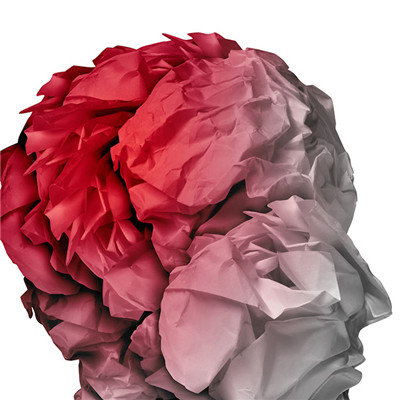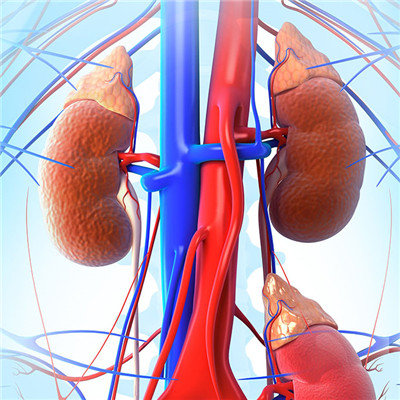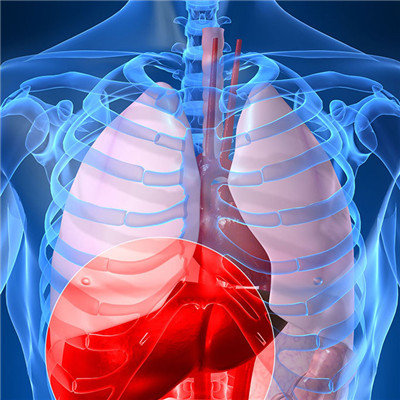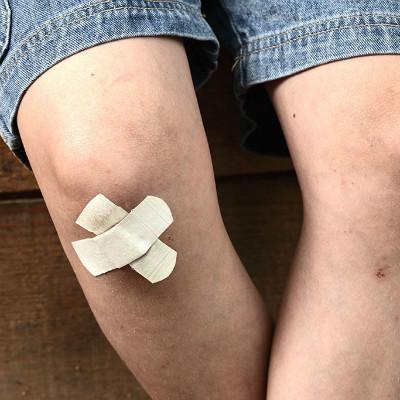Depressed fracture of parietal bone?
summary
Skull fracture is a disease of partial or complete fracture of one or more bones in the head, which is mostly caused by blunt impact. Most of the skull structural changes do not need special treatment, but if accompanied by structural damage in the skull near the stress point, such as vascular rupture, brain or cranial nerve injury, meningeal tear, etc., it needs to be treated in time, otherwise it can cause serious complications such as intracranial hematoma, neurological damage, intracranial infection and cerebrospinal fluid leakage, which will affect the prognosis. Depressed fracture of parietal bone? Let's talk about it
Depressed fracture of parietal bone?
The simple linear fracture itself does not need to be treated, but its importance lies in the brain injury or intracranial hemorrhage caused by fracture, especially epidural hematoma, which is often caused by the fracture line crossing the middle meningeal artery, especially in children. When the fracture line passes through the attachment area of the temporal muscle or occipital muscle to the temporal bone or occipital bone, the swelling and swelling of the temporal muscle or occipital muscle may occur. This sign also indicates the occurrence of fracture.

Sunken fractures are mostly seen in the forehead and the top. Generally, simple sunken fractures have intact scalp without brain injury. Most of them are closed injuries. However, comminuted sunken fractures are often accompanied with dural and brain tissue injury, and even cause intracranial hemorrhage.

Closed depressed fracture: children are more, especially infants and young children, with good skull elasticity. Blunt trauma can cause skull depression, but the scalp is intact, similar to ping-pong like depression, and no obvious fracture line can be seen. Most of the children have no neurological dysfunction, but when the depression is large and deep, they may have symptoms and signs of brain compression.

matters needing attention
For the patients with acute craniocerebral trauma, we should judge whether they will progress to growth skull fracture at an early stage. If there is a risk of developing to growth skull fracture, surgery should be performed. It has been reported in the literature that if the width of fracture line is greater than 3 mm, and the local scalp is extracted with bloody cerebrospinal fluid or broken brain tissue, or MRI clearly indicates that the hernia is the brain organizer, it indicates that the dura mater has been broken, which is the pathological basis for the formation of growing skull fracture in the future, Surgical treatment was performed 3 to 5 days after injury to prevent the occurrence of growing skull fracture.













